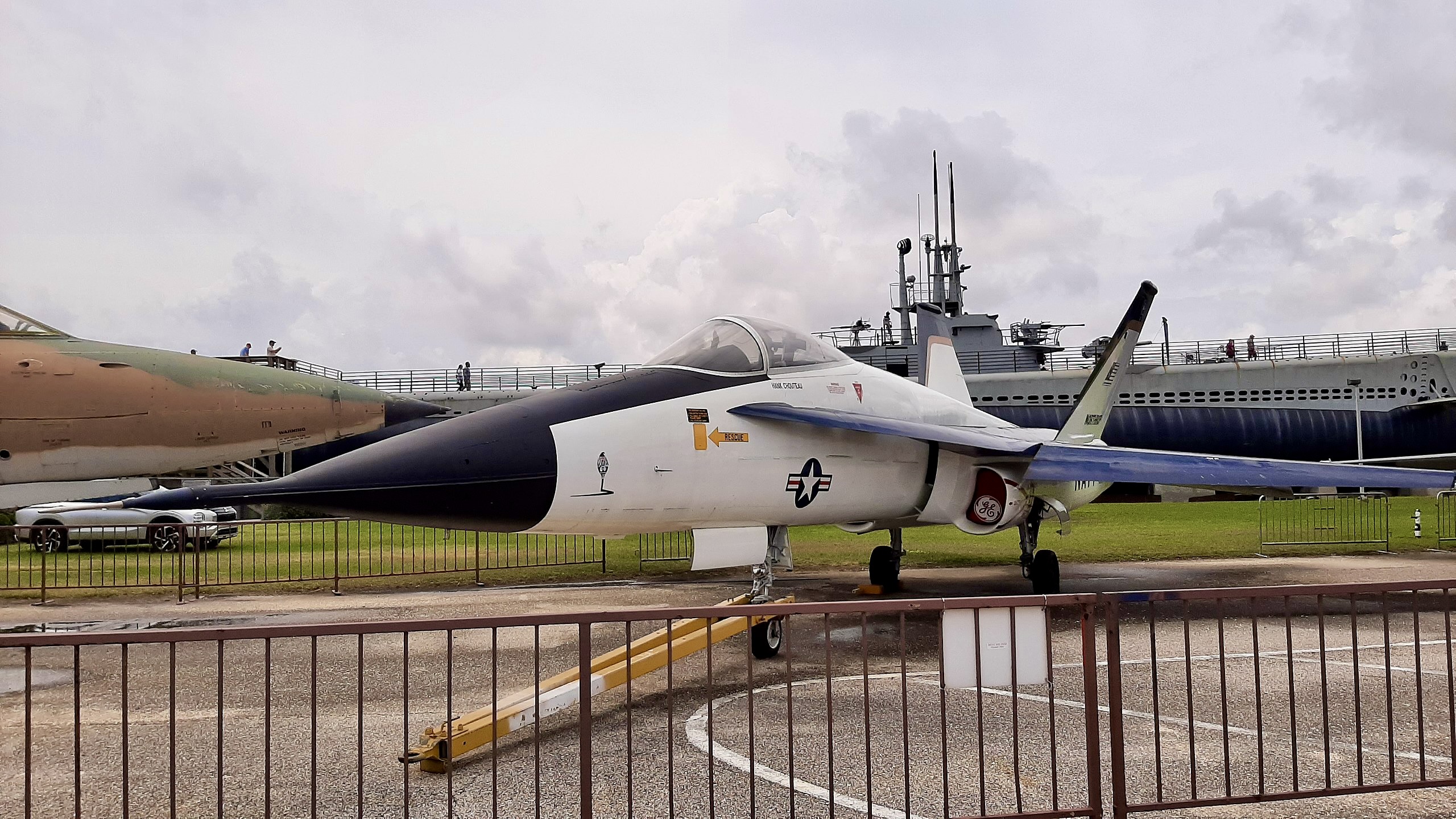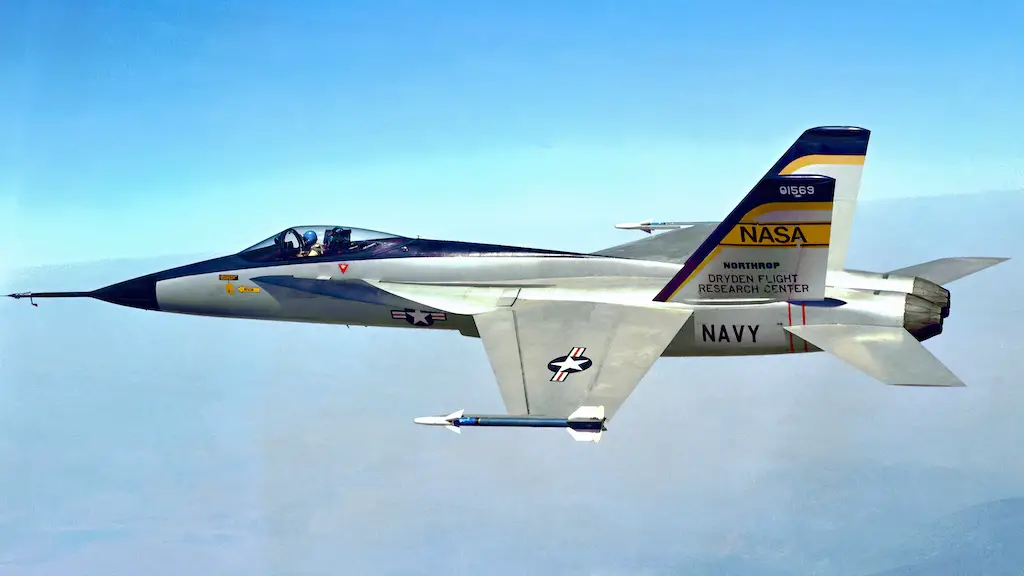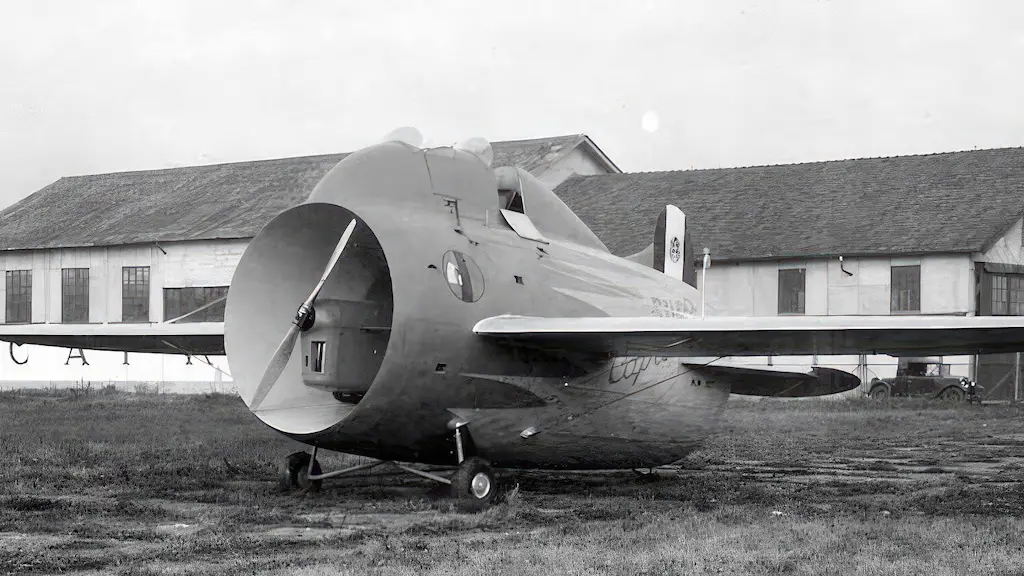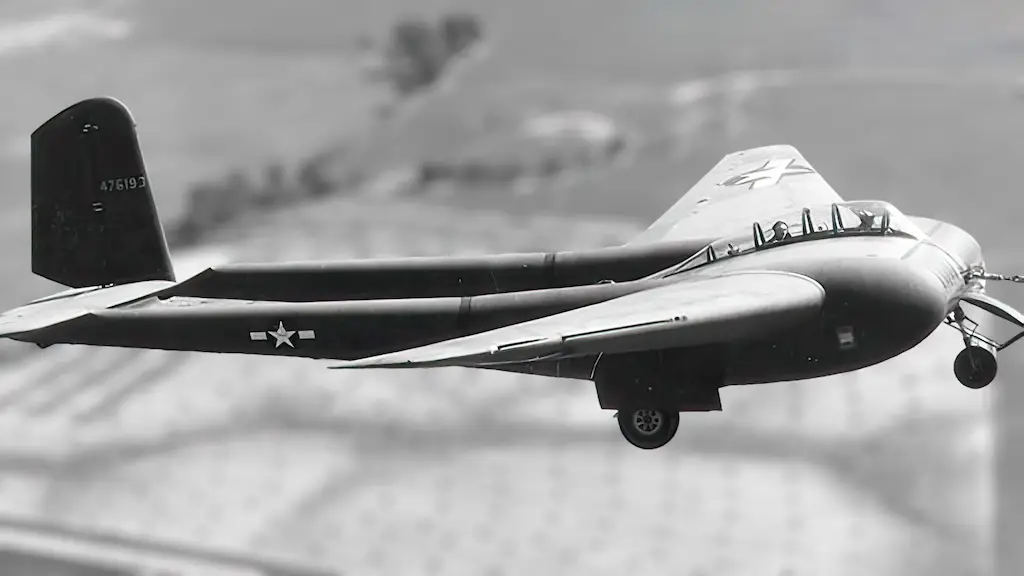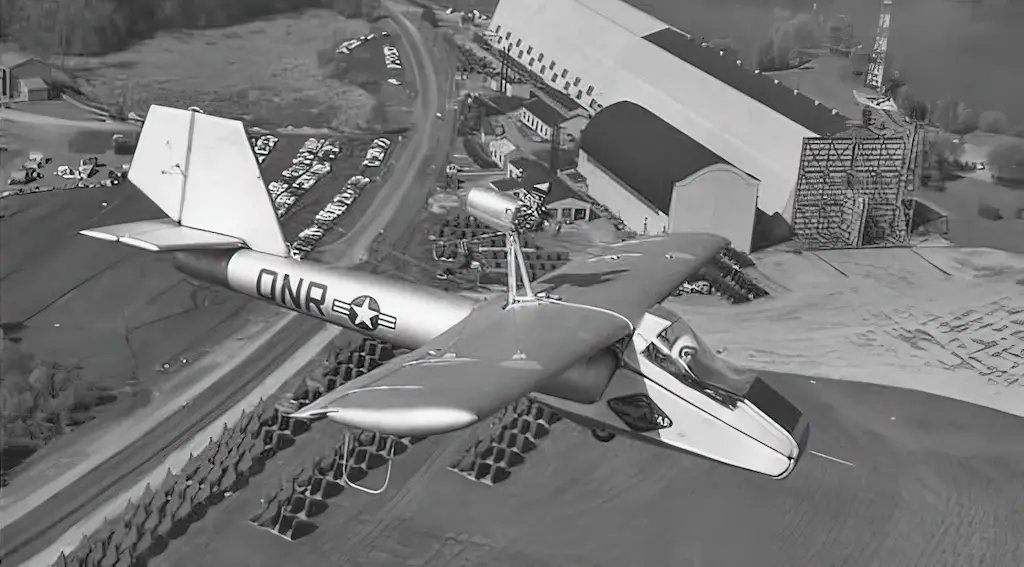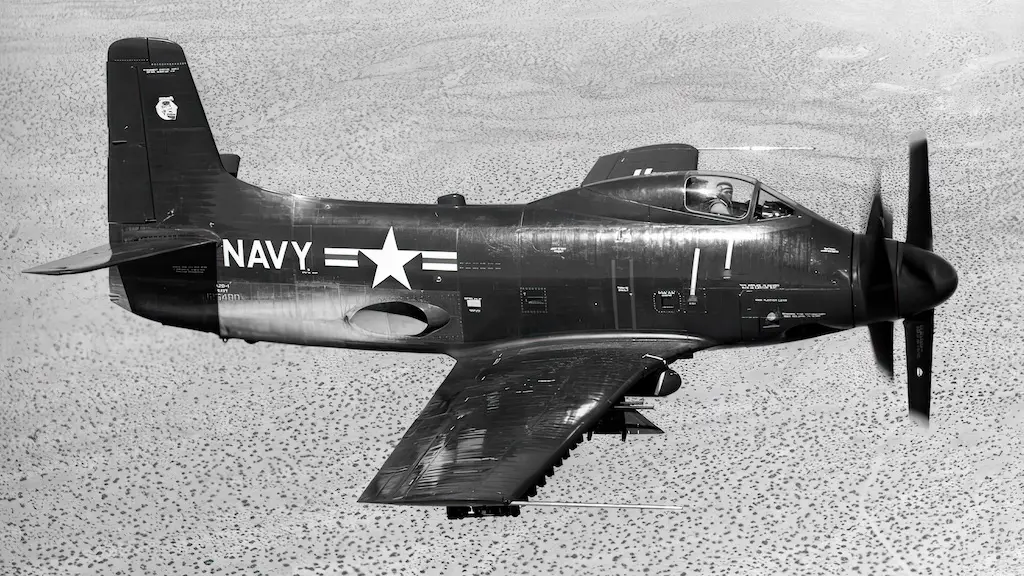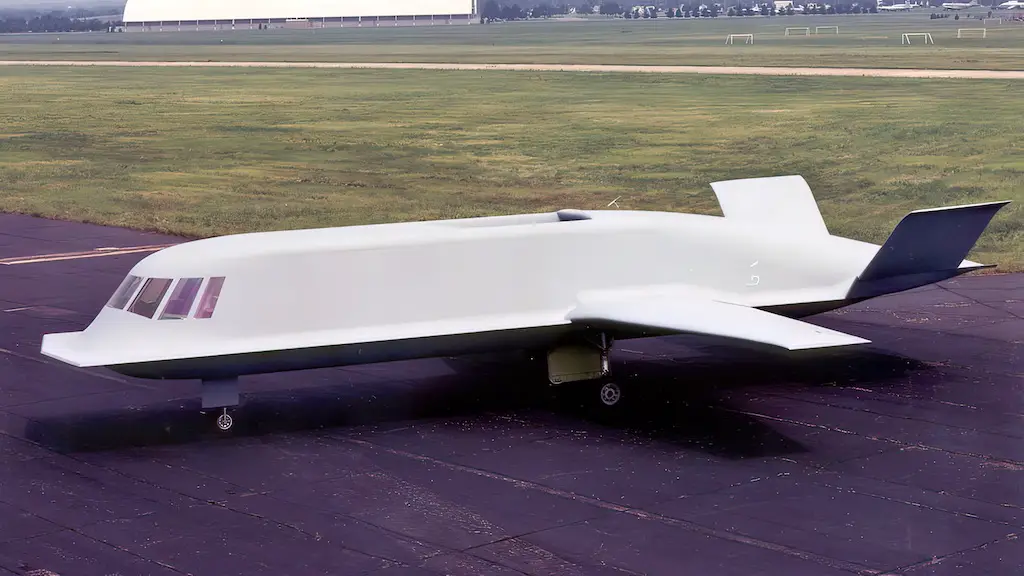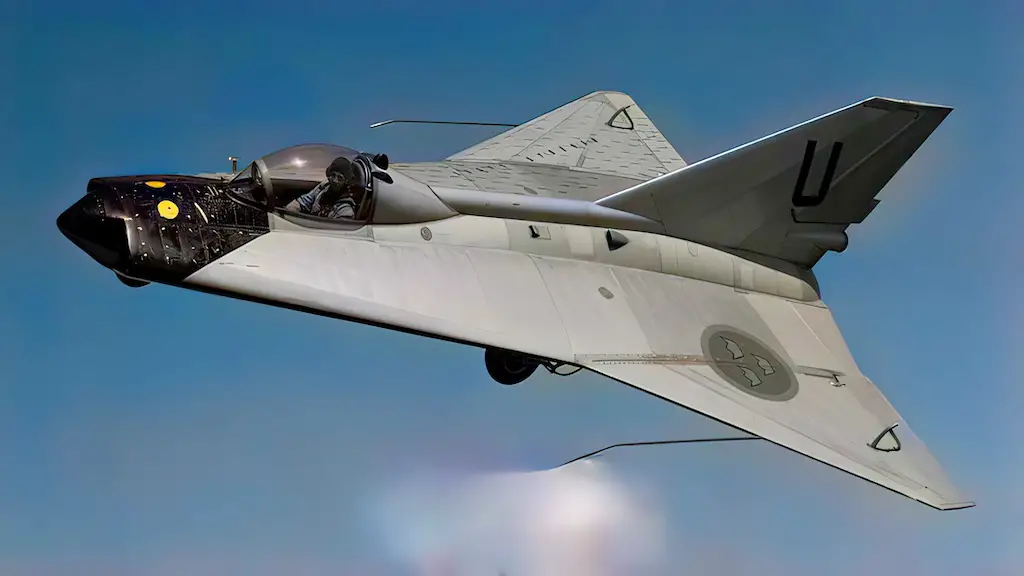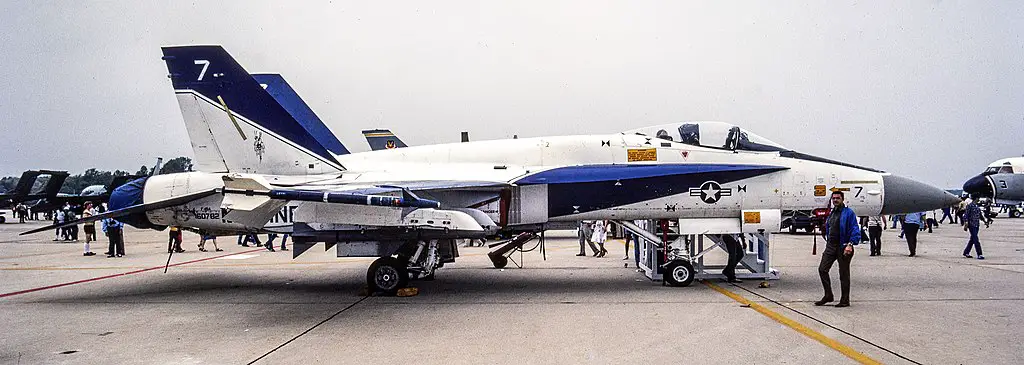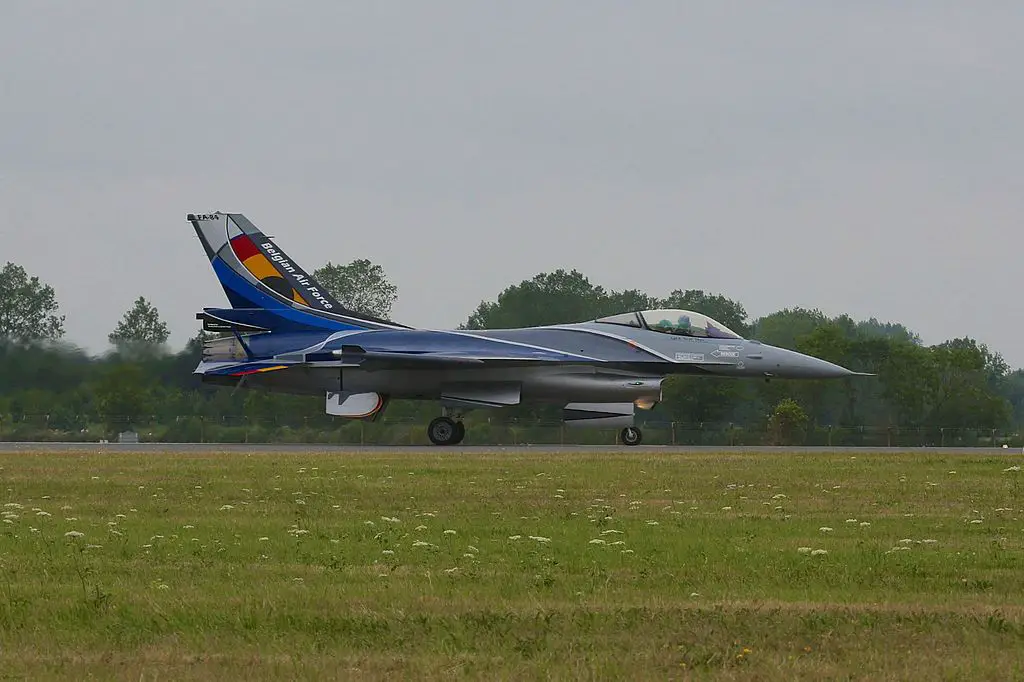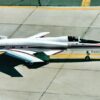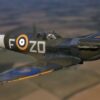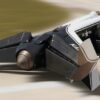The Genesis of the YF-17
Amid the intensity of the 1970s Cold War, the U.S. Air Force sparked the story of the YF-17 by initiating the Lightweight Fighter (LWF) program. Their aim? To craft an affordable and high-performing jet fighter that could effectively partner with the advanced, and pricier, F-15 Eagle. In this highly competitive arena, Northrop and General Dynamics emerged as key players.
Northrop and General Dynamics, with Northrop presenting their advanced prototype, the YF-17. Featuring an innovative design with twin tails and a semi-monocoque structure, the YF-17 was crafted to minimize weight and enhance agility. The jet was powered by a pair of General Electric YJ101 engines, rendering an impressive thrust-to-weight ratio that made it a force to reckon with in aerial combat.
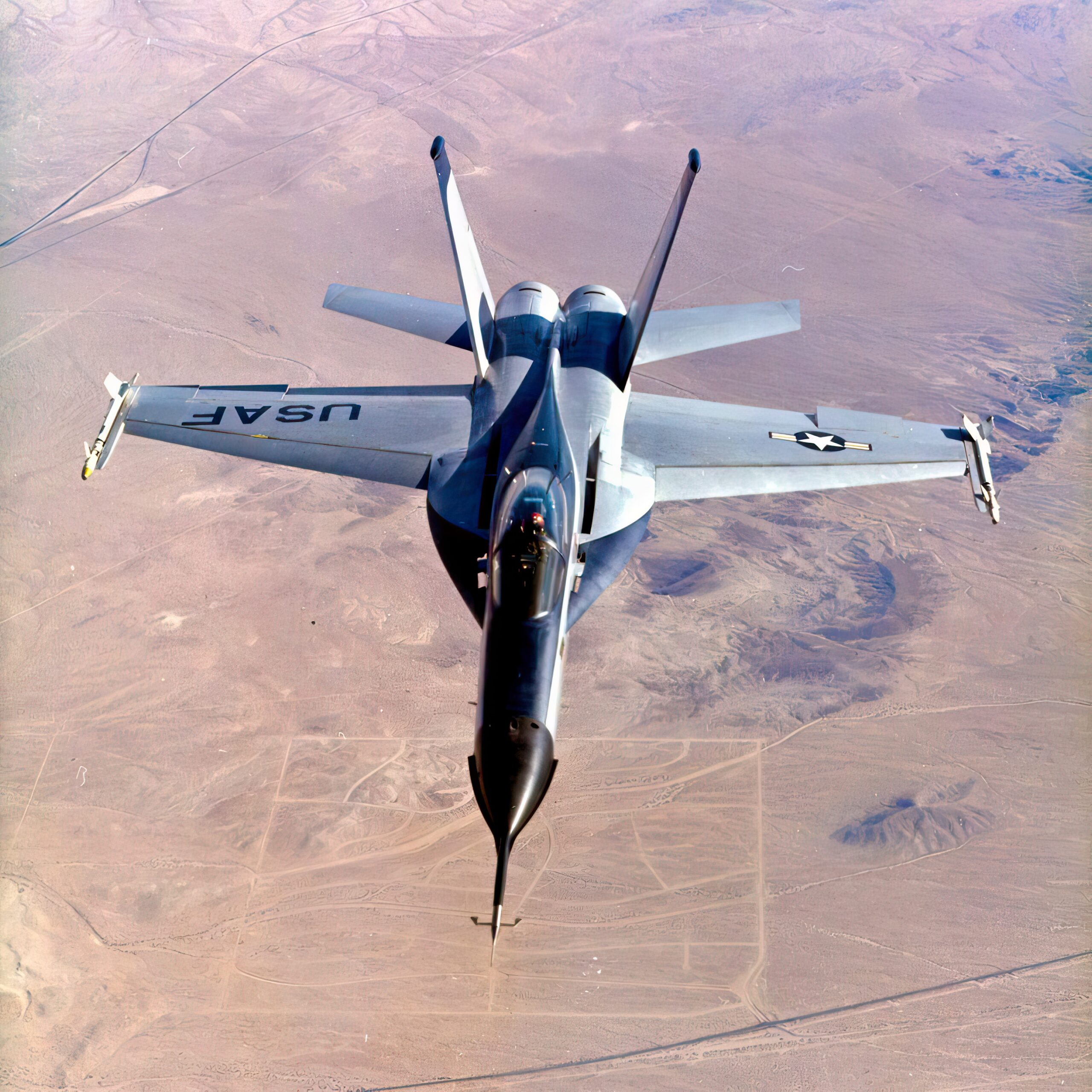
Losing to the F-16
In an unexpected turn of events, the YF-17, despite its impressive design and capabilities, fell to the F-16 Fighting Falcon by General Dynamics. The F-16 secured the favor of the Air Force for its lighter weight, simplicity, and a tad more versatility. However, the distinctive characteristics and latent potential of the YF-17 had drawn attention. The aircraft was far from obsolete.
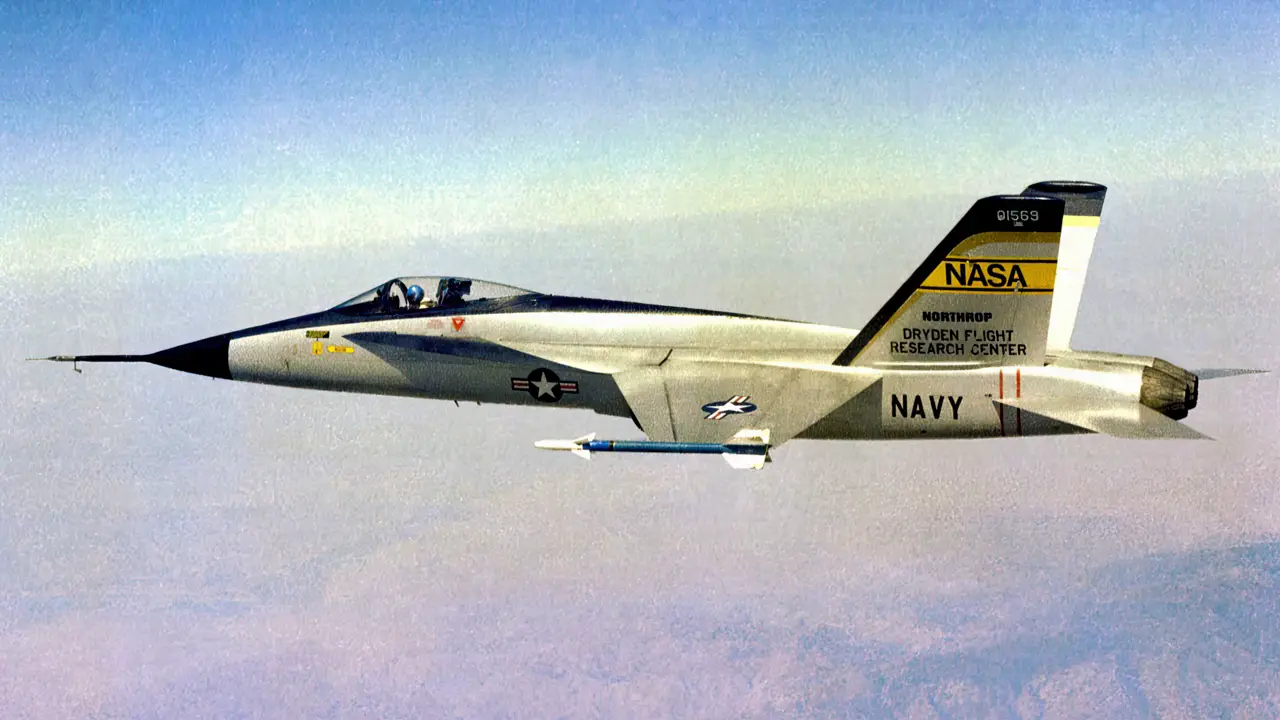
A Second Wind
Simultaneously, the U.S. Navy had been keenly observing the Air Force’s LWF program. The Navy was scouting for a new carrier-based fighter, a role the F-16 couldn’t fulfill optimally due to its single-engine design. The Navy required a twin-engine machine, and the YF-17 was a perfect fit.
This gave the YF-17 a remarkable rebirth under the Navy’s Air Combat Fighter (ACF) program. In collaboration with McDonnell Douglas, Northrop embarked on an ambitious project to redesign the YF-17 to align with the Navy’s needs, giving rise to the F/A-18 Hornet.
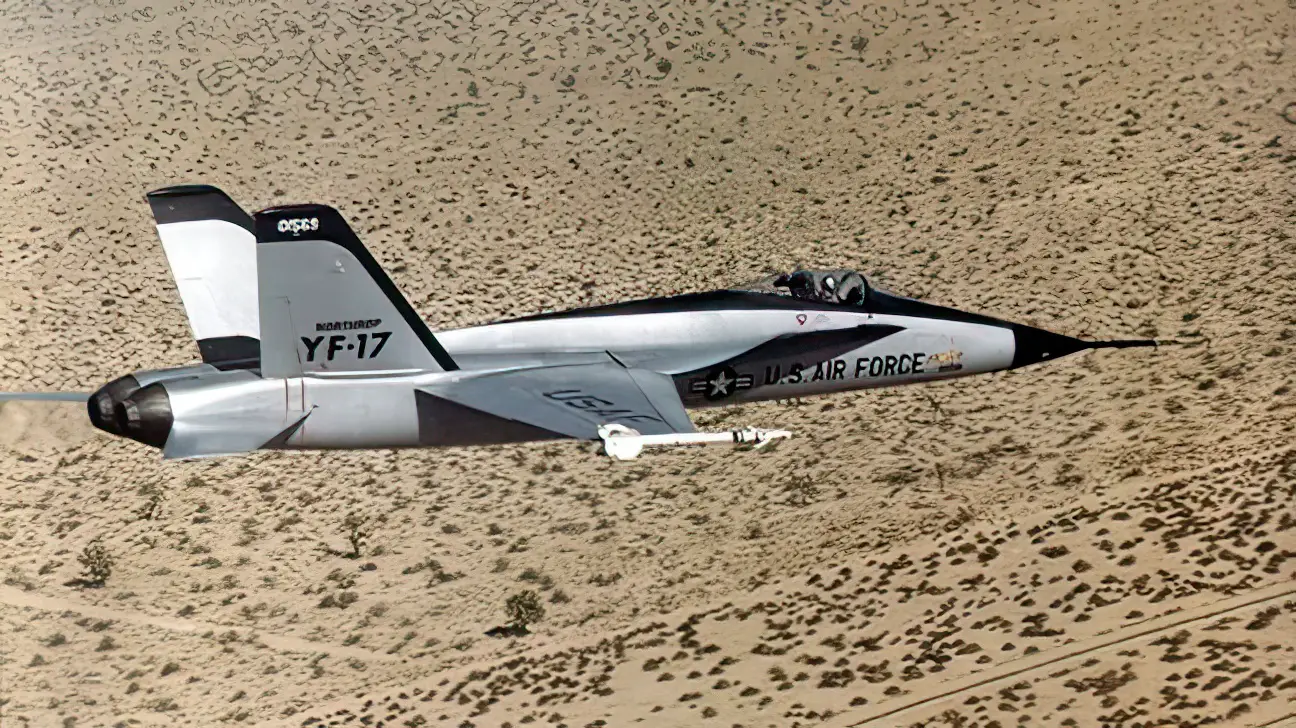
The Metamorphosis Continues
The Hornet was no ordinary aircraft; it was an exquisite blend of a fighter and an attack aircraft, as signified by its “F/A” designation. While it was an agile dogfighter and a capable strike aircraft, the Navy envisioned even greater roles for it. The development of the F/A-18E/F Super Hornet began, introducing advanced avionics, an expanded wing, a greater fuel capacity, and an enhanced payload. The Super Hornet, being 25% larger than its predecessor, became the backbone of the Navy’s strike fighter fleet.
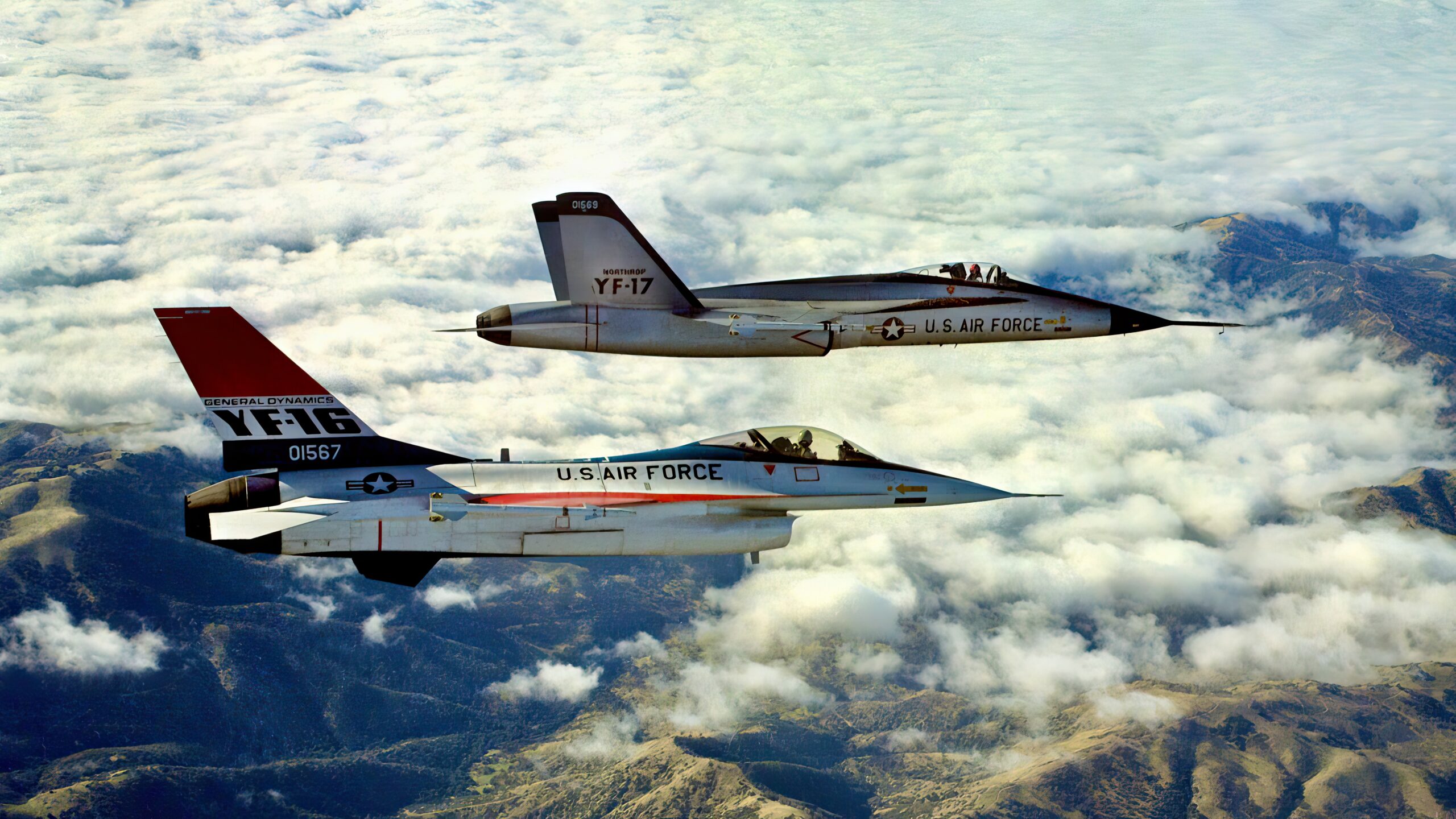
The Enduring Saga of the YF-17
Both the Hornet and Super Hornet have been deployed extensively in combat. From their involvement in the Gulf War to their roles in the War in Afghanistan, the F/A-18s have proven their metal by undertaking air superiority, interdiction, close air support, and enemy air defense suppression missions. During the Iraq War, the Super Hornet’s advanced strike capabilities were pivotal, confirming its indispensable role within the Navy’s carrier air wings.
The journey of the YF-17 is a captivating tale of resilience and redemption, echoing the limitless spirit of innovation. Though initially outperformed by the F-16, it found a new direction and a fresh lease on life with the Navy, evolving into the venerated F/A-18 Hornet and subsequently the Super Hornet. The YF-17’s odyssey reminds us that failure isn’t an endpoint, but often a stepping stone to unprecedented triumphs.
